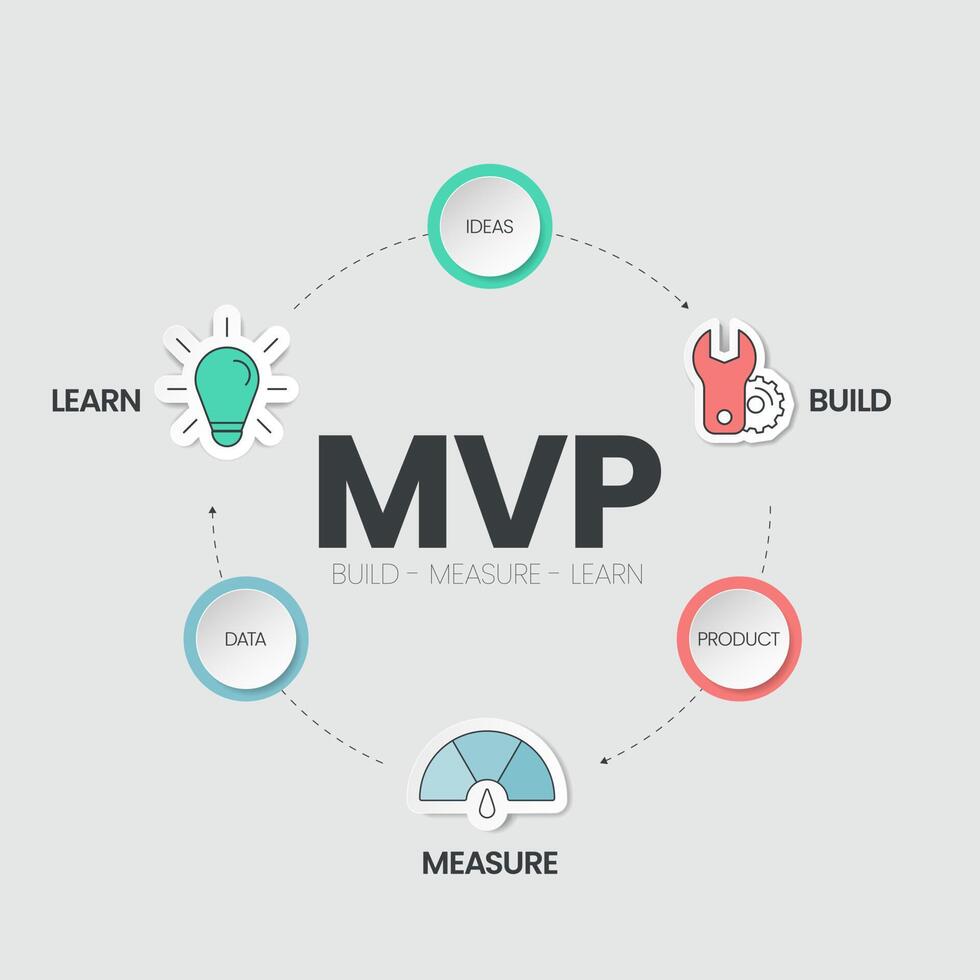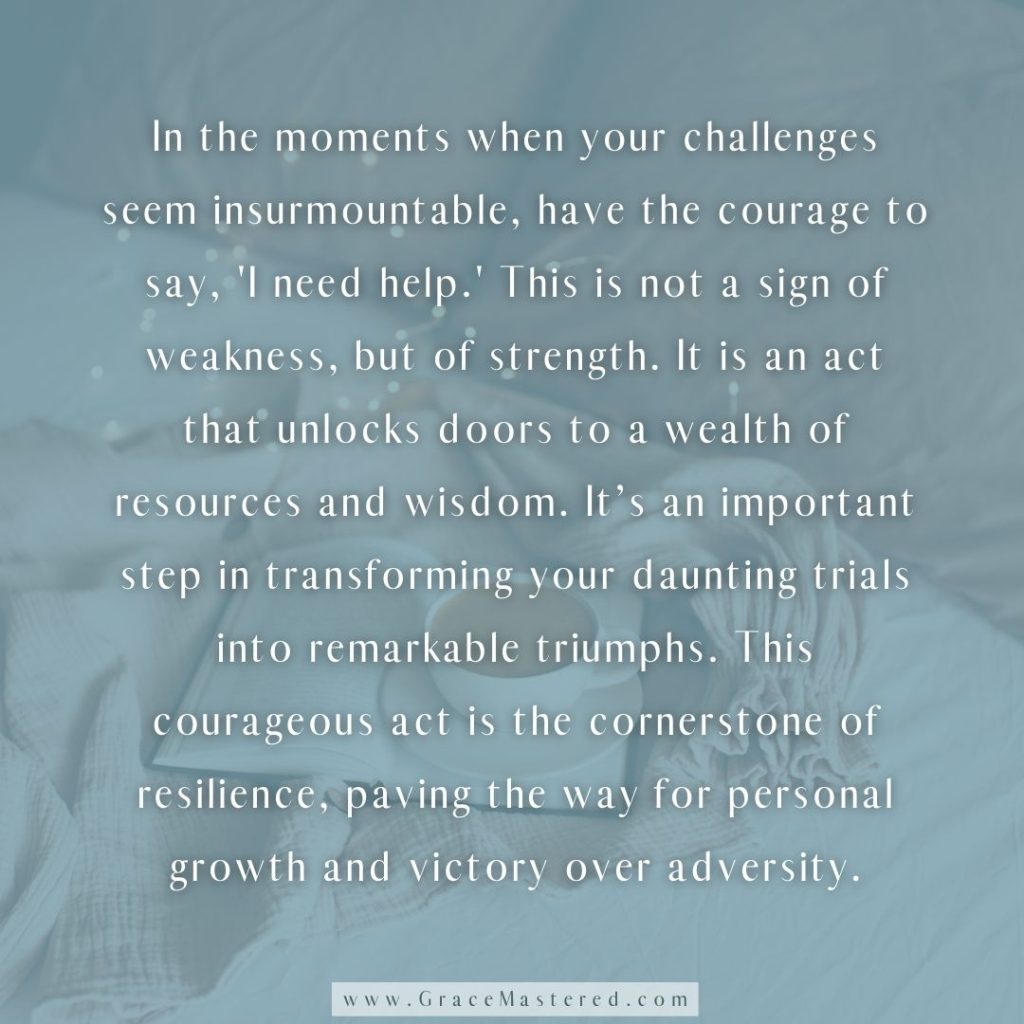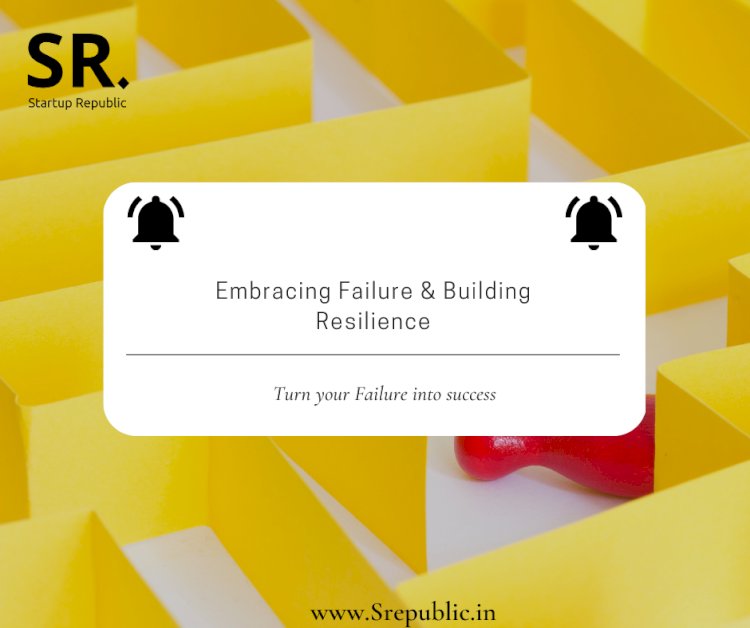
Creating a Minimum Viable Product (MVP) That Customers Love: Your Beginner’s Guide to Building What Matters
So, you’ve got a brilliant idea! Maybe it’s an app, a new service, or a unique product. The excitement is palpable, and you’re ready to dive in. But hold on a second. Before you pour countless hours and resources into building every single feature you can dream of, let’s talk about a smarter, faster, and much more effective way to bring your idea to life: the Minimum Viable Product (MVP).
This isn’t about cutting corners or delivering something half-baked. It’s about building the right thing, for the right people, at the right time. And most importantly, it’s about creating something that your customers will genuinely love.
What Exactly Is an MVP? It’s More Than Just "Minimum"
The term "Minimum Viable Product" (MVP) can sometimes be misunderstood. It’s not just about building the smallest thing possible. It’s about building the smallest possible version of your product that delivers core value to your target customers and allows you to gather validated learning.
Think of it this way:
- Minimum: It has just enough features to solve a core problem for your users. No bells, no whistles, just the essentials.
- Viable: It works! It’s usable, stable, and delivers on its promise. It’s not buggy or frustrating.
- Product: It’s something tangible that users can interact with, test, and provide feedback on.
The "Love" Factor: The magic happens when that "minimum viable" product genuinely solves a pain point for your early users, making their lives better or easier in a noticeable way. When that happens, they don’t just use it; they advocate for it, they stick with it, and they help you make it even better.
Why Bother with an MVP? The Smart Way to Build
You might be thinking, "Why can’t I just build everything I want right away?" Here’s why the MVP approach is a game-changer, especially for beginners and startups:
-
Reduces Risk & Wasted Effort:
- Avoids Building What No One Wants: The biggest risk in product development is spending months or years building something that nobody actually needs or cares about. An MVP helps you test your core idea before you invest heavily.
- Saves Time and Money: Less features mean less development time and fewer resources spent. You get to market faster and with less financial exposure.
-
Accelerates Learning & Validation:
- Real-World Feedback: Instead of guessing, you get actual data and feedback from real users interacting with your product. This is invaluable.
- Validated Learning: You learn what works, what doesn’t, and what your customers truly value. This knowledge is crucial for guiding future development.
-
Gets You to Market Faster:
- Quick Launch: You can launch your core product in weeks or months, not years. This allows you to start generating interest, attracting users, and potentially even revenue much sooner.
-
Builds Momentum & Excitement:
- Early Adopters: An MVP allows you to attract "early adopters" – those enthusiastic users who are keen to try new solutions and provide feedback. They can become your biggest champions.
The Common MVP Mistake: It’s Not a Shoddy Product!
A common misconception is that an MVP is a rushed, low-quality, or buggy product. This is absolutely NOT the case. While it’s minimal in features, it must be:
- Functional: It works as intended.
- Usable: Users can easily figure out how to use it.
- Reliable: It doesn’t crash or break frequently.
Think of it as a perfectly crafted, delicious single-slice pizza, not a half-baked, burnt mess. The slice might be small, but it’s good.
How to Create an MVP That Customers Will Love: A Step-by-Step Guide
Ready to get started? Let’s break down the process into actionable steps that anyone can follow.
Step 1: Identify the Core Problem & Your Target Audience (The "Why?")
This is the most crucial step. Before you build anything, you need to understand:
- What specific problem are you trying to solve? Be crystal clear. Is it a pain point, an unmet need, or an inefficiency?
- Who experiences this problem? Who is your ideal customer? (Your "target audience").
How to do it:
- Deep Dive into Research: Talk to potential customers. Ask open-ended questions. Don’t ask if they "would use" your solution; ask about their current struggles related to your idea.
- Create User Personas: Give your ideal customer a name, age, job, goals, frustrations, and daily habits. This helps you empathize and design for real people.
- Example: "Sarah, a freelance graphic designer, struggles to find affordable, high-quality stock photos that don’t look generic."
Step 2: Define Your Unique Value Proposition (The "What’s In It For Them?")
Once you know the problem and the audience, articulate how your product will solve that problem in a way that’s better or different from existing solutions (even if the existing solution is doing nothing!).
- What unique benefit do you offer?
- Why should someone choose your solution over others?
Example: "Our platform provides Sarah with AI-generated, unique stock photos tailored to her project brief, saving her hours of searching and ensuring originality, all within her budget."
Step 3: Brainstorm Features & Prioritize Ruthlessly (The "Absolute Essentials")
This is where you list everything your dream product might do, then pare it down to the absolute core.
- Brainstorm All Possible Features: Don’t hold back. Write down every single idea, big or small, that comes to mind for your product.
- Identify the "Core Loop": What is the single, most essential action a user needs to take to experience the value you promised in Step 2? This is your MVP’s heart.
- Example (for the AI photo platform): The core loop is: "User inputs text prompt -> AI generates photos -> User downloads photos."
- Prioritize Features: Now, look at your brainstormed list through the lens of the "core loop" and your target problem. Ask for each feature:
- "Is this absolutely essential for the user to solve their core problem?"
- "Does this directly contribute to the unique value proposition?"
- "Can the product still deliver value without this feature?"
Common Prioritization Techniques:
- MoSCoW Method:
- Must-have: Absolutely essential for the MVP.
- Should-have: Important, but not critical for the first version.
- Could-have: Nice to have, but definitely for future versions.
- Won’t-have: Features you’ve decided against (for now).
- Impact vs. Effort Matrix: Plot features on a graph: high impact/low effort features are prime candidates for your MVP.
Your MVP should only contain "Must-have" features. Everything else can wait.
Step 4: Design a Simple, Intuitive User Experience (UX)
Even with minimal features, your MVP needs to be easy and pleasant to use. Focus on clarity and efficiency.
- Sketch Wireframes: Draw simple, rough outlines of your product’s screens or steps. Don’t worry about aesthetics; focus on flow and functionality. (You can use pen and paper, or free tools like Figma, Miro, Balsamiq).
- Create Mockups (Optional): If you’re comfortable, create slightly more detailed visual designs. Again, simplicity is key.
- Focus on the Core Path: Make it incredibly easy for users to complete the "core loop" you identified earlier. Remove any distractions.
Step 5: Build It (The "Minimum" Part)
Now it’s time to bring your MVP to life. Remember, focus on functionality and getting it out there, not on perfection.
- Choose the Right Tools:
- No-Code/Low-Code Platforms: For many MVPs (especially web apps or simple mobile apps), tools like Bubble, Adalo, Webflow, or Glide can allow you to build functional products without writing any code, saving significant time and money.
- Simple Programming: If you have coding skills, or a developer, focus on the most straightforward way to implement the core features.
- Iterate Quickly: Don’t get stuck perfecting. Build a feature, test it, then move to the next. This agile approach keeps you moving forward.
Step 6: Launch to Early Adopters & Gather Feedback (The "Learning" Part)
This is where your MVP truly shines. It’s not just a product; it’s a learning tool.
- Find Your Early Adopters:
- Your Network: Friends, family, colleagues who fit your target persona.
- Online Communities: Reddit, Facebook groups, LinkedIn groups where your target audience hangs out.
- Beta Tester Platforms: Services designed to connect you with early testers.
- Launch Simply: You don’t need a massive marketing campaign. A simple landing page explaining your product and a way to sign up is often enough.
- Actively Seek Feedback:
- Direct Interviews: The most valuable. Ask users about their experience, what they liked, what frustrated them, and what they really need.
- Surveys: Use tools like Google Forms or Typeform for structured feedback.
- In-App Analytics: Track how users interact with your product (e.g., what features they use most, where they drop off).
- Observation: Watch users use your product (if possible).
Step 7: Analyze, Learn, and Iterate (The "Love" Building Part)
The feedback you gather is gold. This step is continuous and vital for turning your MVP into a beloved product.
- Analyze Feedback: Look for patterns, common pain points, and recurring suggestions. Don’t just listen to every individual request; identify underlying needs.
- Prioritize Changes: Based on feedback, decide what improvements or new features are most important for the next version of your product. Again, prioritize ruthlessly.
- Iterate (Build, Measure, Learn Cycle):
- Build: Implement the highest-priority changes/features.
- Measure: Release the updated version and gather new feedback and data.
- Learn: Analyze the new data and repeat the cycle.
- Be Prepared to Pivot or Persevere:
- Persevere: If your core idea is validated, keep building and refining based on feedback.
- Pivot: If your initial idea isn’t resonating, or the feedback reveals a different, more pressing problem, be brave enough to change direction. A pivot isn’t a failure; it’s smart adaptation.
This continuous loop of building, launching, learning, and iterating is how products evolve from simply "viable" to truly "loved."
Key Principles for MVP Success & Customer Love
Beyond the steps, keep these guiding principles in mind:
- Focus on Value, Not Features: Customers don’t buy features; they buy solutions to their problems. Ensure every part of your MVP delivers clear value.
- Embrace Imperfection (Initially): Your first version won’t be perfect. That’s okay! Get it out, learn, and improve.
- Listen Intently to Your Users: Your customers are your compass. Their feedback is invaluable for steering your product in the right direction.
- Be Prepared to Be Wrong: Your initial assumptions about your product or market might be incorrect. That’s why you build an MVP – to test those assumptions.
- Measure Everything That Matters: Don’t just build. Track key metrics like user engagement, retention, and conversion to understand if your MVP is truly working.
- Communicate Clearly: Tell your early adopters that it’s an MVP and that their feedback is crucial. They’ll appreciate being part of the journey.
Conclusion: Your MVP Journey to Customer Love
Creating an MVP is not just a development strategy; it’s a mindset. It’s about being lean, adaptable, and relentlessly focused on your customer. By starting small, validating your core idea, and continuously learning from real users, you dramatically increase your chances of building something that doesn’t just exist, but truly solves a problem, resonates with your audience, and ultimately, earns their love.
So, stop dreaming about your perfect product and start building your first, valuable, and lovable MVP today! The journey of a thousand features begins with a single, essential one.



Post Comment